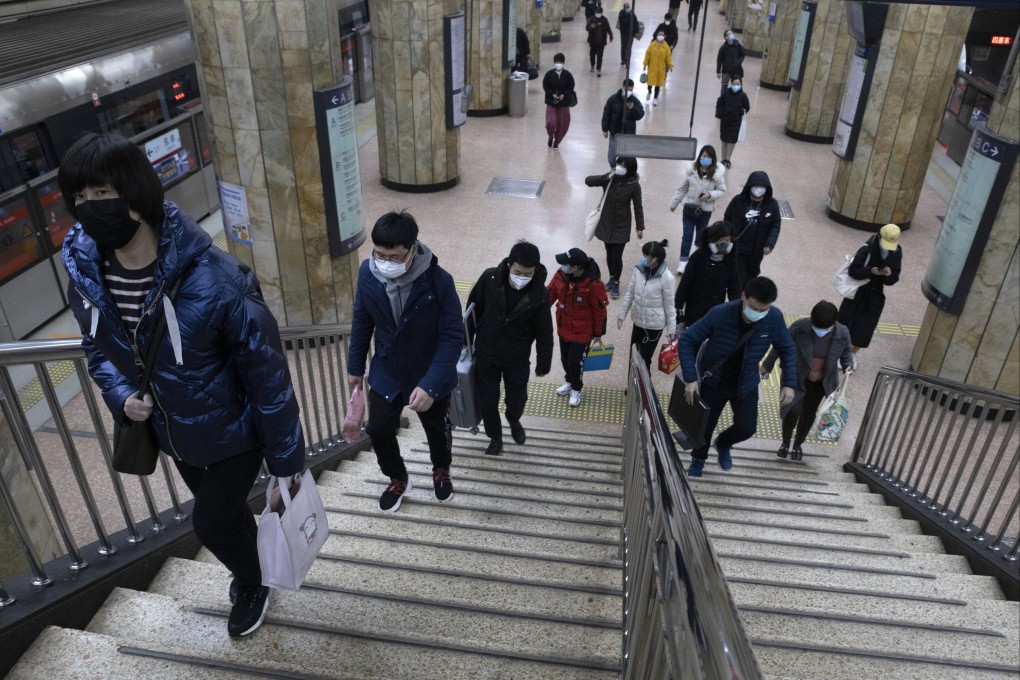Advertisement
Letters | What China’s ‘lie flat’ youth and global climate strikers have in common
- Youth using their own bodies as a site of resistance is not surprising, as embodying resistance is the most common and accessible way to express powerlessness and respond to existential crises
Reading Time:2 minutes
Why you can trust SCMP
1

The life philosophy of “tang ping” or “lying flat”, has gained popularity among youth on the mainland lately. The rationale behind the resigned attitude to life goes something like this: “Don’t want to kneel, can’t stand, so just lie down.”
Feeling trapped and wronged by the social structure, lie-flatters defy normative notions of success and refuse to live the future expected of them.
Coinciding with the rise of tang ping has been the central government’s announcement of full implementation of the three-child policy, as it attempt to counteract the potential impact of the projected negative population growth on the nation’s productivity.
Advertisement
The contradiction between the official criticism of the philosophy’s unproductivity and the mounting hype around youth using their own bodies as a site of resistance is, however, no surprise.
Indeed, embodying resistance is the most common and accessible way to express one’s powerlessness and respond to existential crises. The phenomenon is certainly not unique to Chinese youth and indeed not uncommon in developed regions especially.
With perhaps quite different objectives in mind, the climate strikes of November 2019 exemplified the globality of the phenomenon. In common with the lie-flatters, climate strikers displayed an acute sense of powerlessness about structural deficiencies, the scope of which is gravely out of their control and in turn leaves them feeling inundated by a future they may have no power to change.
Advertisement
Select Voice
Choose your listening speed
Get through articles 2x faster
1.25x
250 WPM
Slow
Average
Fast
1.25x